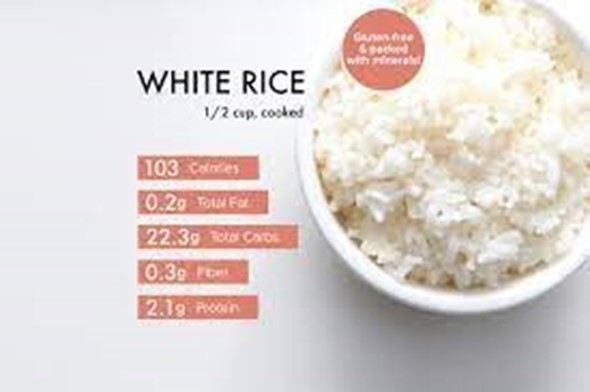A nurse is caring for a client who has pancreatitis and has been receiving total parenteral nutrition.
Which of the following laboratory tests should the nurse monitor for overall nutritional status?
Lipase.
C-reactive protein.
Prealbumin.
Creatinine.
The Correct Answer is C
Prealbumin is a protein that is produced by the liver and is used as a marker of nutritional status.
It has a short half-life, so changes in pre albumin levels can reflect recent changes in nutritional status.
Monitoring pre albumin levels can help assess the effectiveness of total parenteral nutrition.
Lipase is an enzyme that is produced by the pancreas and is not used to monitor overall nutritional status.
B) C-reactive protein is a marker of inflammation and is not used to monitor overall nutritional status.
D) Creatinine is a waste product that is produced by muscle metabolism and is not used to monitor overall nutritional status.
Nursing Test Bank
Naxlex Comprehensive Predictor Exams
Related Questions
Correct Answer is D
Explanation

White rice is a low-potassium food that can be recommended for a client who has chronic kidney disease and must limit potassium intake.
Nonfat yogurt (choice A) contains moderate amounts of potassium and may not be the best choice for someone who needs to limit their potassium intake.
A medium baked potato with skin (choice B) is high in potassium and should be limited to a low-potassium diet.
Peanut butter (choice C) also contains moderate amounts of potassium and may not be the best choice for someone who needs to limit their potassium intake.
Correct Answer is A
Explanation
Let’s break down the problem step by step:
Step 1: Convert the client’s weight from pounds (lb) to kilograms (kg). We know that 1 kg = 2.2 lbs. So, we have: 220 lb ÷ 2.2 = 100 kg
Step 2: Calculate the total amount of naloxone needed. The doctor ordered 10 mcg/kg, and the client weighs 100 kg. So, we have: 10 mcg/kg × 100 kg = 1000 mcg
Step 3: Convert micrograms (mcg) to milligrams (mg). We know that 1 mg = 1000 mcg. So, we have: 1000 mcg ÷ 1000 = 1 mg
Step 4: Calculate the volume of naloxone solution needed. The available naloxone solution is 0.4 mg/mL. So, we have: 1 mg ÷ 0.4 = 2.5 mL
So, the nurse should administer 2.5 mL of naloxone. Since we are asked to round off to the nearest tenth, the final answer remains 2.5 mL.
Whether you are a student looking to ace your exams or a practicing nurse seeking to enhance your expertise , our nursing education contents will empower you with the confidence and competence to make a difference in the lives of patients and become a respected leader in the healthcare field.
Visit Naxlex, invest in your future and unlock endless possibilities with our unparalleled nursing education contents today
Report Wrong Answer on the Current Question
Do you disagree with the answer? If yes, what is your expected answer? Explain.
Kindly be descriptive with the issue you are facing.
